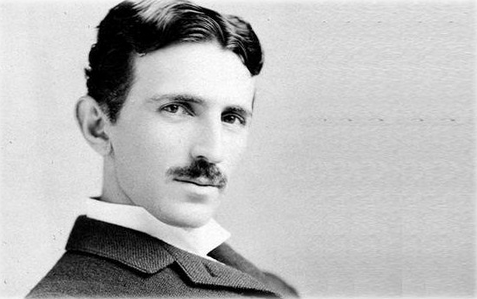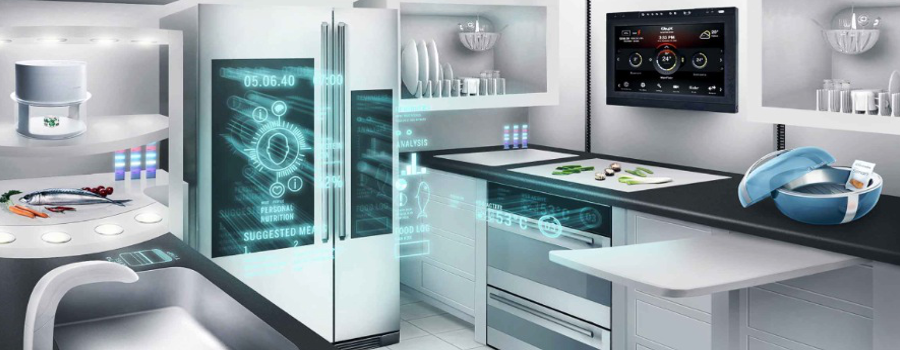
Nikola Tesla was a visionary engineer and physical of the 19th century. He devoted much of his life to wireless energy transmission, as have done with radio. He was the first that imagined a connected world which he described with these words: “Anyone, at sea or earth, could receive news or particular messages from anywhere in the world, with a simple and inexpensive device in your pocket; the Earth would seem to an immeasurable brain, capable of emitting a response from anywhere”.
The now called Internet of Things (IoT) is not a big step toward “immeasurable brain”? For those who are dedicated to new technologies, should we be motivated in order to not excluding anyone from this connected world, either for economic, social or functional diversity reasons?
“Internet of Things” is an expression that today has many descriptions, but we can say that is a term invented in 1999 by Kevin Asthon, co-founder of MIT and creator of a global standard system to RFID and others sensors. He used the IoT term to describe a system where Internet is connected to the physical world through ubiquitous sensors.
One of the most formal descriptions belongs to Cluster of European Research Projects (IERC, 2009): “Internet of Things (IOT) is an integrated part of Future Internet and could be defined as a dynamic global network infrastructure with self-configuring capabilities based on standard and interoperable communication protocols where physical and virtual “things” have identities, physical attributes, virtual personalities and use intelligent interfaces, and are seamlessly integrated into the information network”.
Recently, Diego Soriano (CENTAC) described IoT concept in a more friendly way: “IoT is the technology that allows using joint, simple and cheap form, many electronics elements connected to the Internet”
If we combine these ideas with these technological aspects:
• The large number of available sensors and wearables and in design phase.
• The use of technologies such as Big Data and Cloud, to analyze, management and store generated data by these devices.

IoT provide enough elements to create products and systems capable of making our lives easier. They are able to interact with the world around us without having to connect to it via cables (alerts in our smartphones, tablet or bracelet from others devices, ability to interact with appliances and security elements in our home from a different location, …). As we will see below this “make our lives easier”, IoT can be especially useful and meaningful for people with disabilities and can imply an advance in their independence.
On the one hand, the general products existence provides application in different fields to different collectives, and, on the other hand, we have specific solutions for disabilities people that, as we always say, they will evolve by quality life to everyone. Compare it with the evolution of accessible architecture.
The following week, we will go on analyzing the different applicances of IoT in the dissability world. In addition of the “connected home”, we will see some specific examples which are already in the market.
- Wearables for women - 21 October 2016
- Did Nikola Tesla open a door to accessibility? (II) - 3 August 2016
- Did Nikola Tesla open a door to accessibility? (I) - 29 July 2016
